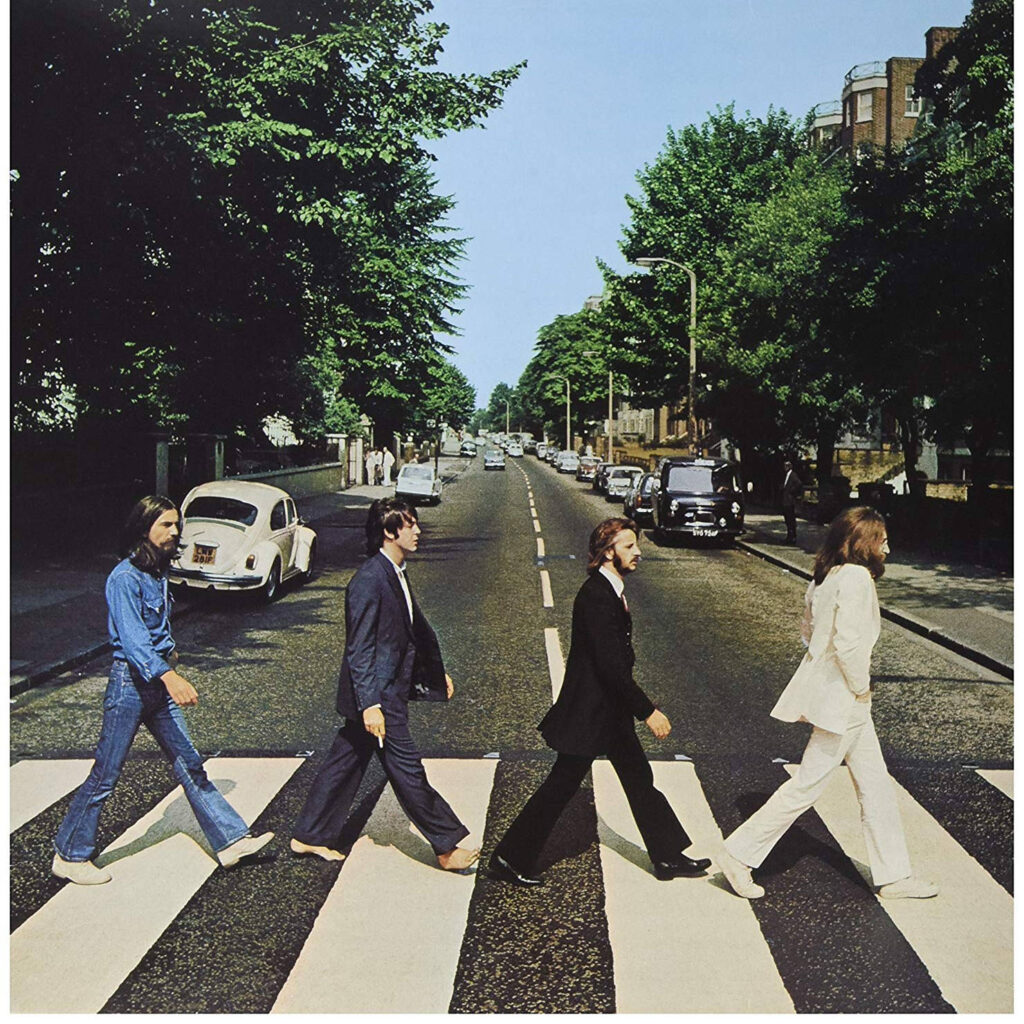“Paul is Dead” is an enduring urban legend and conspiracy theory suggesting that the English musician Paul McCartney of the Beatles passed away in a tragic car accident in 1966 and was covertly replaced by a doppelgänger. This rumor first emerged in 1966, but gained widespread traction in September 1969, particularly on American college campuses.
According to this theory, in order to shield the public from the sorrow of McCartney’s demise, the surviving members of the Beatles, with the alleged assistance of Britain’s MI5, orchestrated the substitution with a McCartney look-alike. They purportedly encoded this secret through subtle details within their albums, leading enthusiasts to scrutinize Beatles songs and cover artwork for clues. By October 1969, this pursuit had evolved into an international phenomenon. The fervor waned after Life magazine published an interview with McCartney in November 1969, addressing the rumors.
This phenomenon has been examined through the lenses of sociology, psychology, and communications throughout the 1970s. McCartney himself playfully lampooned the hoax with the title and cover art of his 1993 live album, “Paul Is Live.” Time magazine recognized this legend as one of “the world’s most enduring conspiracy theories” in 2009.
“Paul is Dead” is a longstanding urban legend and conspiracy theory surrounding the English rock band The Beatles, particularly focused on Paul McCartney. The theory claims that Paul McCartney died in a car crash in 1966 and was secretly replaced by a look-alike.
Alleged clues of “Paul is Dead”
This rumor gained momentum in the late 1960s when fans began scrutinizing Beatles album covers, lyrics, and songs for supposed hidden messages that hinted at Paul’s death. Some of the alleged clues include:

Abbey Road Album Cover: On the cover of the Beatles’ 1969 album “Abbey Road,” Paul is barefoot and out of step with the others, which was interpreted as a symbol of a corpse. Also, the fact that he is holding a cigarette in his right hand, although McCartney was left-handed, was seen as another sign.
“Revolution 9”: Some backward-masking enthusiasts claimed to hear messages when the song “Revolution 9” was played in reverse. They believed they heard “Turn me on, dead man” in the gibberish.
Backward Lyrics: When certain Beatles songs were played backward, fans claimed to hear phrases that confirmed Paul’s death. For example, “Number nine, number nine” from “Revolution 9” was interpreted as “Turn me on, dead man” when reversed.
“I’m So Tired”: Some fans believed that John Lennon muttered “Paul is dead, man, miss him, miss him” at the end of the song “I’m So Tired” from the “White Album.”
Hidden Messages in Songs: Fans listened closely for hidden messages in Beatles songs, such as hearing the words “I buried Paul” in the fade-out of “Strawberry Fields Forever.”
Despite the fervor surrounding this theory, it’s important to note that the “Paul is Dead” rumor was largely debunked. Paul McCartney himself has repeatedly confirmed that he is alive and well. The supposed “clues” are often coincidences or misinterpretations.
The enduring nature of this urban legend can be attributed to the fascination people have with celebrity culture, the mystique of hidden messages, and the enduring popularity of The Beatles. Additionally, urban legends tend to persist even in the face of evidence to the contrary, as they often tap into deeper cultural or psychological themes.